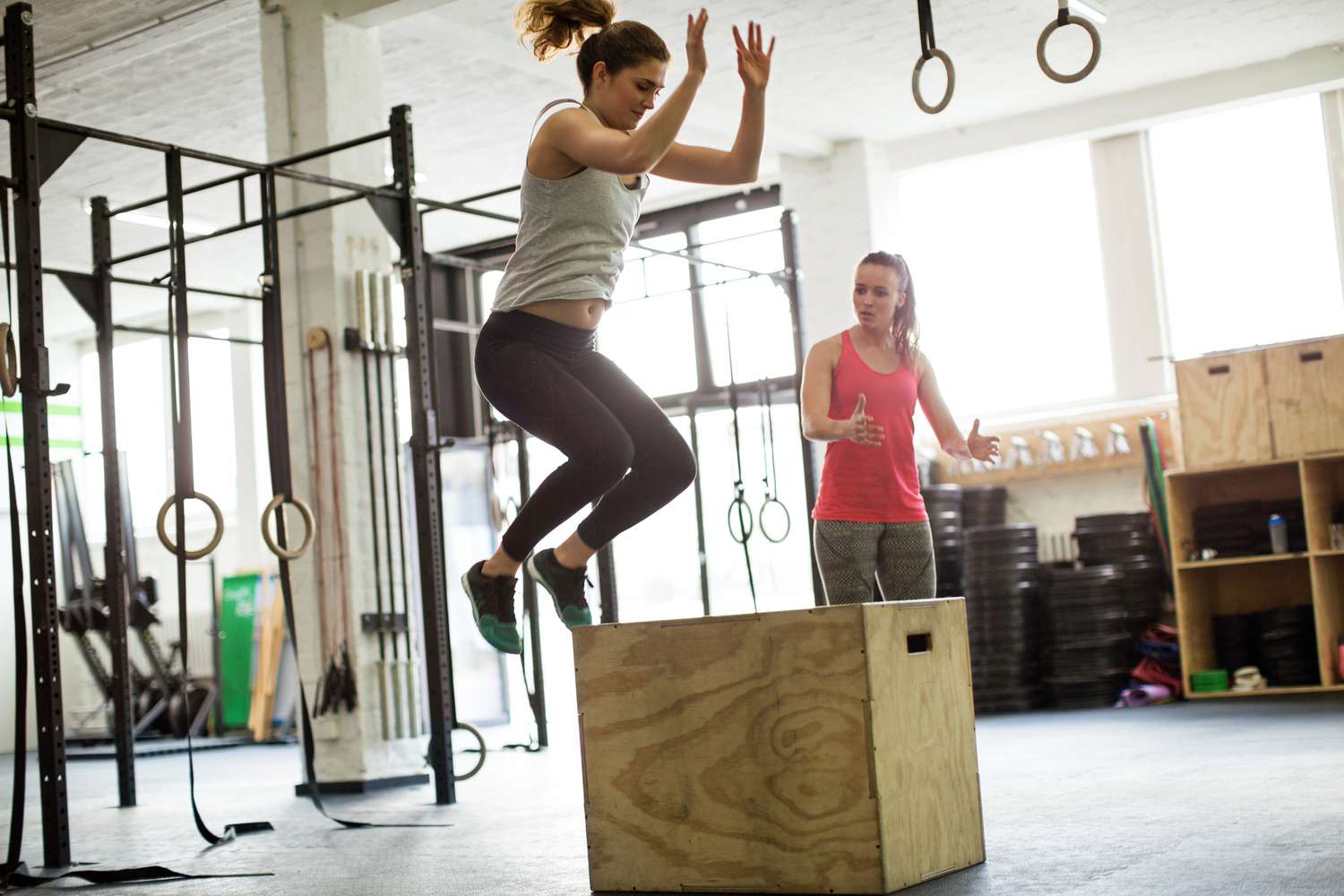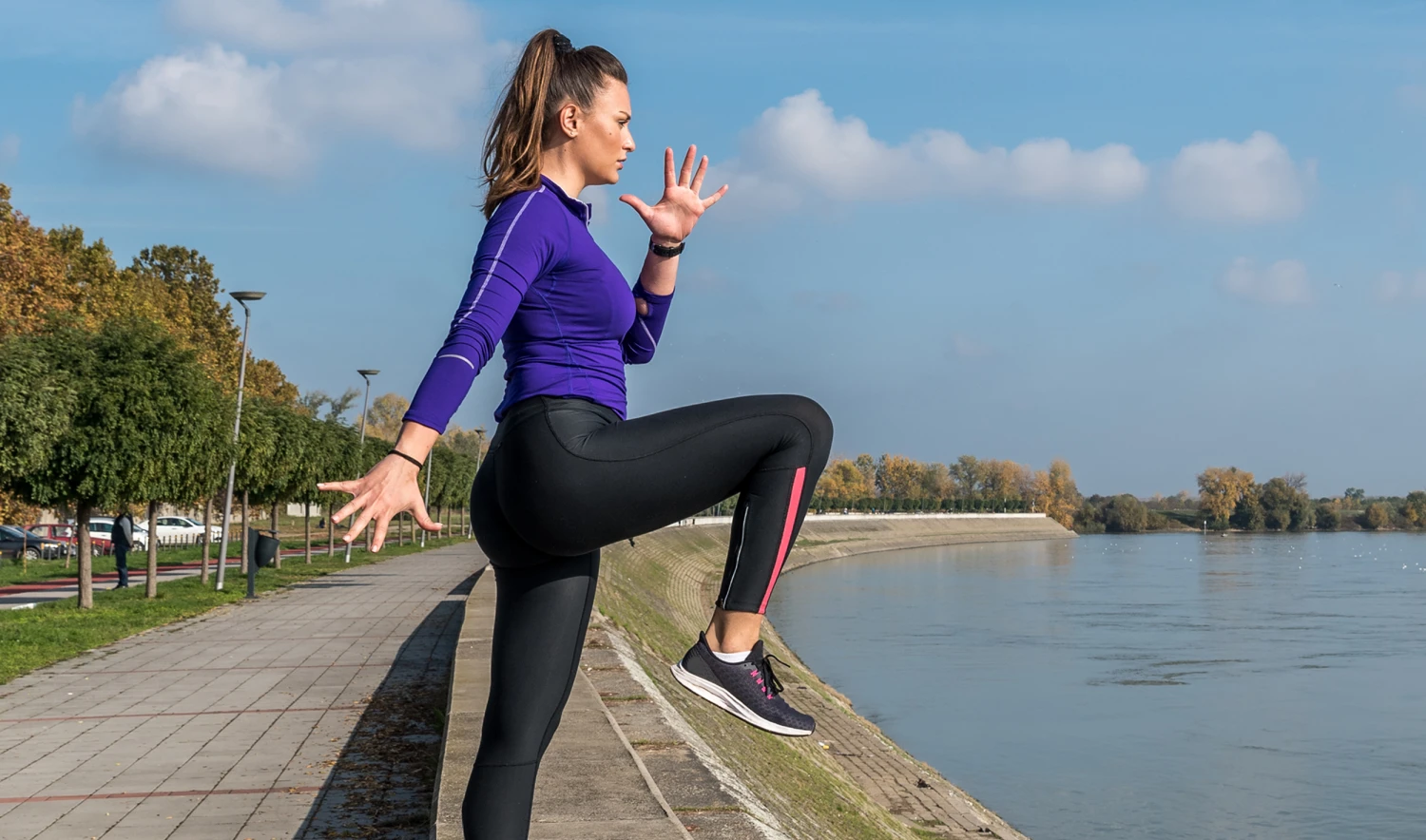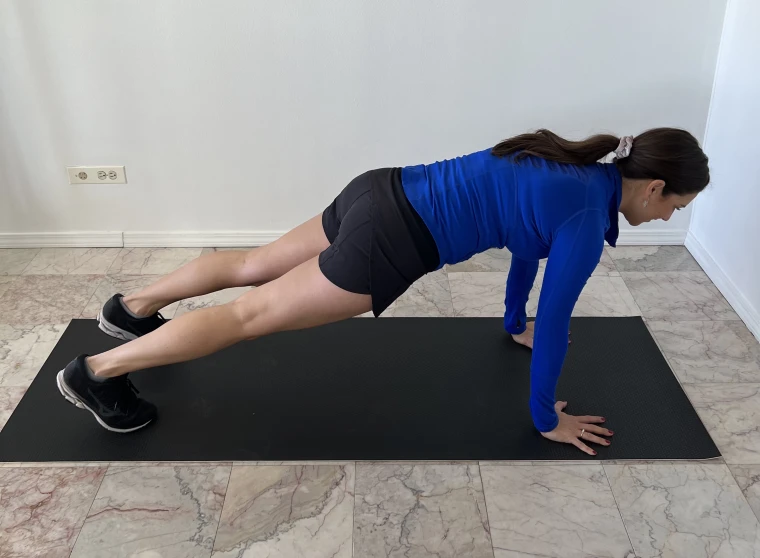When it comes to workouts, there are low-impact options like walking or swimming, and then there are high-impact exercises that get your heart pumping. But what exactly qualifies as high impact? This post defines high-impact exercise and the various activities that fall under this intense category.

We’ll examine the potential benefits of high-impact training like increased calorie burn and bone density, as well as the risks of high joint stress. You’ll learn which popular workouts like running, plyometrics, and certain sports rank as vigorous, high-impact modes of exercise to determine if this intense style suits your fitness level.
Contents
What Is High-Impact Exercise?
High-impact exercise refers to activities that involve both feet leaving the ground simultaneously, resulting in greater stress and impact on the body, particularly on the joints such as the knees, hips, and ankles. These exercises can include activities like running, jumping jacks, plyometrics, and certain forms of dance.
High-impact exercises are effective for building bone density, improving cardiovascular fitness, and increasing strength. However, they may not be suitable for everyone, especially individuals with joint problems, certain health conditions, or those who are new to exercise.
Benefits of High-Impact Exercises
High-impact exercise, despite its demands on the body, offers several notable benefits, making it an important component of many fitness regimens:

1. Improved Bone Density:
High-impact activities stimulate bone growth and can improve bone density. This is particularly important in fighting against osteoporosis and maintaining bone health as we age.
2. Enhanced Cardiovascular Fitness:
These exercises are excellent for heart health, increasing cardiovascular endurance and efficiency. High-impact workouts can help lower blood pressure and improve overall heart function.
3. Increased Metabolic Rate:
High-impact exercise can boost your metabolism, helping your body burn calories more efficiently. This can be beneficial for weight management and fat loss.
4. Better Coordination and Balance:
Engaging in high-impact activities requires and thus improves coordination and balance. This can reduce the risk of falls and injuries in daily life.
5. Higher Muscular Strength and Endurance:
These exercises often involve intense bursts of activity that can strengthen the muscles and improve endurance, making everyday activities easier to perform.
6. Psychological Benefits:
High-impact exercise can also have positive effects on mental health, including reduced symptoms of depression and anxiety, and improved mood and sleep patterns.
7. Social Interaction:
Many high-impact exercises, like group sports or fitness classes, offer opportunities for social interaction, enhancing the enjoyment and motivation to stay active.
10 High-Impact Exercises You Must Try
When it comes to high-impact exercises, there’s a variety of options to choose from to get your heart rate up and strengthen your body. Here are 10 high-impact exercises to consider adding to your routine:

- Running: A classic high-impact exercise that can be done outdoors or on a treadmill. It’s a great way to boost cardiovascular endurance.
- Jumping Rope: An effective full-body workout that improves coordination and agility.
- Box Jumps: Builds explosive power in your lower body and enhances athleticism.
- Burpees: Combines strength training and cardio for a challenging full-body workout.
- Sprinting: High-intensity bursts of speed that elevate heart rate and build leg strength.
- Kickboxing: Incorporates punches, kicks, and cardio for a fun and high-energy workout.
- Hiking: A great way to get a high-impact workout while enjoying the outdoors and challenging different muscle groups.
- Dancing: Whether it’s Zumba, hip-hop, or jazzercise, dancing is a fun way to get your heart pumping.
- Basketball: Running, jumping, and quick movements make basketball a great high-impact sport.
- Plyometric Exercises: Include moves like jump squats, explosive lunges, and power push-ups for a challenging total-body workout.
Potential Risks
High-impact exercises, while great for burning calories and building bone density, come with some inherent risks. Here are some of the potential downsides to consider:
-
Injury: High-impact movements put a lot of stress on your joints, ligaments, and tendons. This can increase your risk of both acute injuries (like sprains and strains) and overuse injuries (like stress fractures).
-
Joint pain: The repeated pounding of high-impact exercise can irritate joints, especially if you already have arthritis or other joint problems.

-
Not suitable for everyone: High-impact exercise can be too much stress for people who are overweight, obese, or new to exercise. It can also be risky for older adults or those with certain medical conditions.
-
Overtraining and burnout: Pushing yourself too hard in high-impact workouts can lead to overtraining syndrome, which can cause fatigue, decreased motivation, and an increased risk of injury.
Here are some tips to mitigate these risks:
- Start slowly and gradually increase intensity and duration.
- Choose exercises that are low-impact or modify high-impact exercises to reduce impact.
- Listen to your body and take rest days when needed.
- Wear proper footwear that provides good support.
- Warm up before you exercise and cool down afterward.
- Talk to your doctor before starting a new exercise program, especially if you have any health concerns.
Frequently Asked Questions:
What are the risks associated with high-impact exercises?
High-impact exercises pose an increased risk of injury due to the strain on joints, muscles, and tendons. Elderly individuals, pregnant women, and those with certain bone disorders are at higher risk. Gradually building fitness levels is crucial to prevent overexertion.
Who should avoid high-impact exercises?
High-impact exercises may not be suitable for everyone, especially the elderly, pregnant women, and individuals with specific bone disorders. It’s essential to assess one’s physical condition and consult a healthcare professional before engaging in high-impact workouts.
How can overtraining be a risk in high-impact exercises?
Overtraining can occur if proper rest and recovery time are not incorporated into the exercise routine. Pushing beyond the body’s limits without allowing for adequate recovery can lead to physical and mental exhaustion, decreased performance, and increased risk of injury.
Are there alternatives to high-impact exercises?
Yes, there are alternatives to high-impact exercises such as low-impact workouts like walking, cycling, rowing, and resistance training. These exercises provide similar health benefits with reduced strain on joints, making them suitable options for individuals looking to avoid high-impact activities.

Hello, I’m Ravindra. Over the years, I’ve immersed myself deeply into the world of fitness and health, transforming both my body and mind. Writing has allowed me to share my journey, insights, and expertise with those just starting out and seasoned fitness enthusiasts alike. Beyond just routines and diets, I believe in inspiring others to adopt a holistic approach to well-being.
